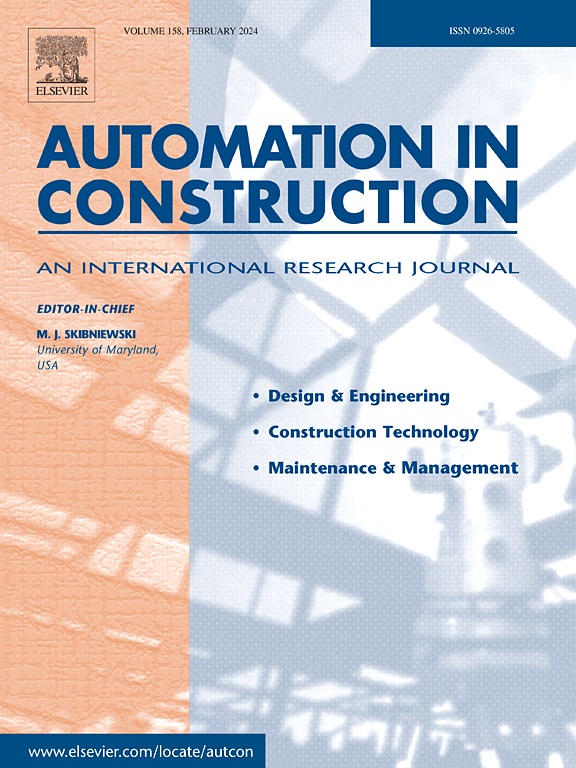Electroencephalography (EEG) for psychological hazards and mental health in construction safety automation: Algorithmic Systematic Review (ASR)
IF 9.6
1区 工程技术
Q1 CONSTRUCTION & BUILDING TECHNOLOGY
引用次数: 0
Abstract
This algorithmic systematic review investigates the applications of electroencephalography (EEG) for recognizing psychological hazards and monitoring mental health in construction safety. As automation and wearable technologies gain traction, EEG systems provide real-time insights into workers' cognitive and emotional states, helping to identify stress, fatigue, and safety risks. Utilizing a structured search algorithm, literature from Scopus and Web of Science was filtered and analysed to create a comprehensive framework for EEG deployment in five key domains: automated psychological and cognitive assessment, hazard recognition and safety decision-making, advanced technology integration, situational awareness enhancement, and sustainability contributions. The review underscores the synergy of EEG with robotics, virtual reality, and wearable devices, enhancing safety management in construction. Challenges such as data privacy and scalability are thoroughly examined. This paper significantly advances the understanding of EEG's role in construction automation, offering future research directions to optimize EEG-based systems for a safer, more sustainable construction industry.

建筑安全自动化中心理危害与心理健康的脑电图:算法系统评价(ASR)
本算法系统综述探讨了脑电图(EEG)在建筑安全中识别心理危害和监测心理健康方面的应用。随着自动化和可穿戴技术的发展,脑电图系统可以实时洞察工人的认知和情绪状态,帮助识别压力、疲劳和安全风险。利用结构化搜索算法,对来自Scopus和Web of Science的文献进行筛选和分析,创建了EEG部署的综合框架,涉及五个关键领域:自动化心理和认知评估、危险识别和安全决策、先进技术集成、态势感知增强和可持续性贡献。该综述强调了脑电图与机器人、虚拟现实和可穿戴设备的协同作用,加强了施工中的安全管理。挑战,如数据隐私和可扩展性进行了彻底的检查。本文对脑电图在建筑自动化中的作用有了重要的认识,为优化基于脑电图的系统以实现更安全、更可持续的建筑行业提供了未来的研究方向。
本文章由计算机程序翻译,如有差异,请以英文原文为准。
求助全文
约1分钟内获得全文
求助全文
来源期刊

Automation in Construction
工程技术-工程:土木
CiteScore
19.20
自引率
16.50%
发文量
563
审稿时长
8.5 months
期刊介绍:
Automation in Construction is an international journal that focuses on publishing original research papers related to the use of Information Technologies in various aspects of the construction industry. The journal covers topics such as design, engineering, construction technologies, and the maintenance and management of constructed facilities.
The scope of Automation in Construction is extensive and covers all stages of the construction life cycle. This includes initial planning and design, construction of the facility, operation and maintenance, as well as the eventual dismantling and recycling of buildings and engineering structures.
 求助内容:
求助内容: 应助结果提醒方式:
应助结果提醒方式:


